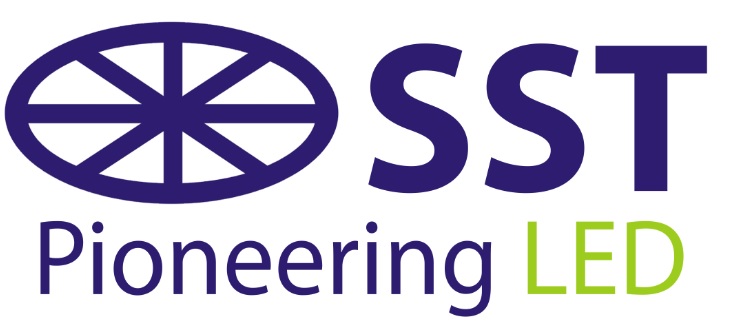What makes LED lights better than Conventional lights?
Generally speaking, LED lights are better than conventional lights (incandescent and CFL) because of their higher lighting efficiency, long life, and durability. However, there are some applications where LEDs are far superior to conventional lights for other reasons.
- Vibrating environments
Incandescent, halogen, and fluorescent lamps are constructed with glass bulbs. These bulbs are fragile and break readily under impact. The tungsten filaments in incandescent bulbs are also very delicate and can break under vibration or stress. LEDs are fairly sturdy and ideal for use in a rugged or vibrating environment, such as around machinery, in vehicles, or on bridges.
- Very Cold Temperature Environments
Starter switches (especially on fluorescent lights) do not work well in very cold temperature environments such as freezers. LED lights are unaffected by cold and actually work more efficiently in cold temperature environments.
- Applications requiring frequent on-off cycling
Incandescent and fluorescent lights fail sooner when turned on and off more frequently, but an LED’s operating life is completely unaffected by being frequent on-off cycling.
- UV applications
Compared with standard UV lighting applications done with HID (mercury vapor and metal halide) lamps, LED-UV lights require less operating power (~80% reduction) and do not need a large exhaust fan to avoid producing ozone.
- Replacing 2″ halogen can lights
LED lights are generally ideal for replacing halogen lights. Only LED lights can directly replace halogen lamps in small, 2″ halogen can light fixtures and match their brightness. Halogen lamps have a lighting efficiency similar to incandescent lamps; LED replacement lights have a much greater lighting efficiency.
- Vehicles needing good lighting
Vehicles such as mobile stores, large trucks, trailers, and ambulances may have special lighting requirements. Vehicle batteries usually only have enough power to provide approximately four hours of lighting for these types of vehicles. In contrast, switching to LED lighting could increase the lighting time for such vehicles to around 10 hours.
- Color tuning
LEDs are excellent for color tuning applications and can smoothly transition color temperature from 2,500K to 6,000K. LEDs have made color tuning simpler than that done with conventional lights; color tuning can even be done in a small 2″X3″ LED can light.
- Colored lighting
Conventional lights typically produce colored light by shining white light through a glass covering or filter. LED lights are much more efficient at colored lighting because they can produce any colored light directly (as determined by the materials of the LED chip and coating).
